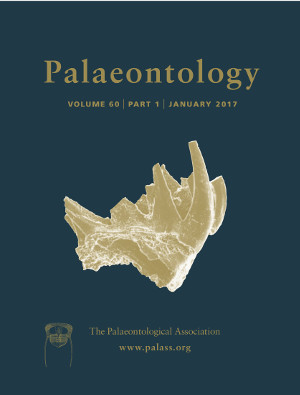Reg. Charity No. 1168330

Identification of the primary constituents of small shelly fossil (SSF) shells is important for explaining the evolution of SSF faunas. The characteristics and constituents of Terreneuvian tubular SSFs found in north‐east Sichuan, China, are revealed using light microscopy, scanning electron microscopy and energy dispersive X‐ray spectroscopy. Petrographic thin sections indicate that the chemical composition of the shells is mainly calcium carbonate with smaller amounts of phosphorus, silica and pyrite. Most of the tubular shells composed of calcium carbonate have a distinct layered structure. Evidence of replacement of the original shell by phosphatization, pyritization and silicification, and recrystallization of calcium carbonate have been found, all of which destroyed the shell's original layered structure. Most fossils treated with acetic acid are phosphatic casts or steinkerns, with some preserving organic textures of the shell as phosphatic casts. We conclude that the Terreneuvian tubular SSFs from north‐east Sichuan were originally composed mainly of calcium carbonate; indeed, most Terreneuvian small skeletal fossils appear to have had an originally calcareous composition. The fossil casts or internal core fossils are composed of phosphate, which is related to local taphonomic processes.